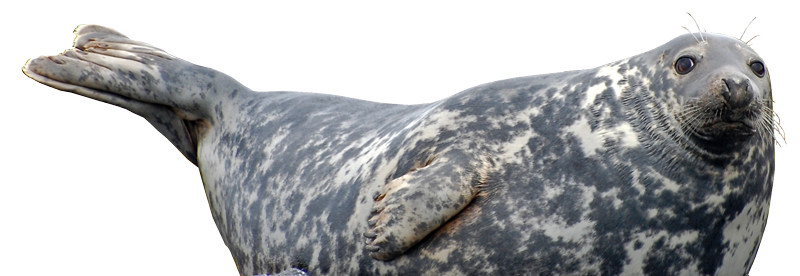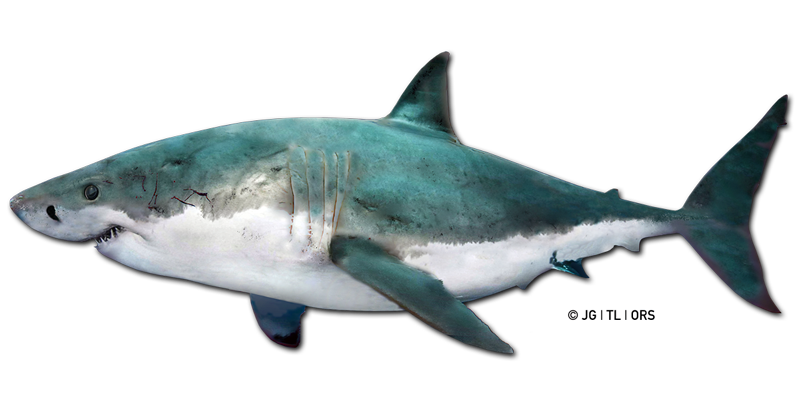CANADIAN SHARK ATTACK REGISTRY
Divers stalked by white shark at Chebucto Head
| Case number: 27 |
| Date: 2021-11-09 |
| Location: Chebucto Head, Nova Scotia |
| Incident type: Stalking encounter with no physical contact — Code: ST |
| Species: White shark (Carcharodon carcharias) |
| Possible cause(s): Close to feeding area (Unprovoked) |
| Result: No injury |
| Status: Confirmed |
Description: Two divers, including shark researcher Chris Harvey-Clark, were approached three times by a 3-metre white shark while exploring the wreck of the Letitia at Chebucto Head (Halifax Approaches). The shark was seen for the first time from a distance of eight metres at 33 m depth. Dr. Harvey-Clark instantly identified it as a 3-m white shark, which is the size when late-stage juveniles are believed to make the feeding transition from fish to mammals. He signaled to his partner to head for the ascent line before the shark made a second pass at six metres distance.
The shark made a third pass before the divers reached the ascent line which led back to their boat. They felt most vulnerable at the end of the ascent due to low visibility from 10 m depth to the surface. They understandably skipped the recommended safety stop.
Click here to watch video recorded after the divers had surfaced. Assessment: An unanticipated close encounter with a white shark is for most divers a frightful experience. The repeated passes, the proximity of seals, and poor visibility all made for a tense experience, especially for someone as knowledgeable on shark behaviour as Dr. Harvey-Clark. Considering the distance from shore, the divers acted appropriately by heading back to the boat via the mooring line after the shark had returned for a third time*. Had the divers not left when they did, or had they waited until they were low on air—the encounter took place at the end of the dive—the incident could have turned dramatic for a number of reasons unrelated to the shark. What makes this incident so remarkable is the rarity of such an encounter, let alone at a popular dive site close to a major city so late in the season. As far as we know, this was the first³ verified encounter between divers and a white shark in Canada. Recommendation: Do not rely on the Gregorian calendar to guesstimate when sharks have left for the season. White sharks remained in the St. Lawrence and Maritime provinces well into November, possibly due to unusually warm water temperatures². Longer seasonal residency by white sharks has yet to be proven by science but may have become the new norm due to the ongoing changes brought about by climate change. Note: Dr. Harvey-Clark was interviewed by ORS. He was also one of two divers involved in the Baie-Comeau Greenland shark stalking incident in 2004.
|
* Since Dr. Harvey-Clark and his partner were looking for benthic torpedo rays and thus focused on the sea floor, the shark may have made more—and earlier—approaches unbeknown to the divers.References:
|












